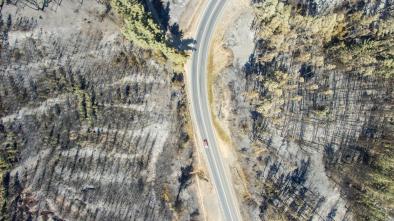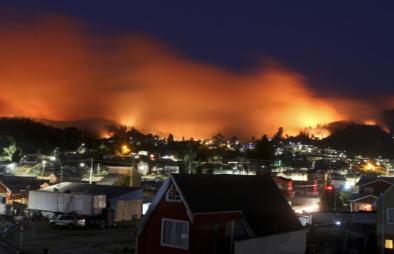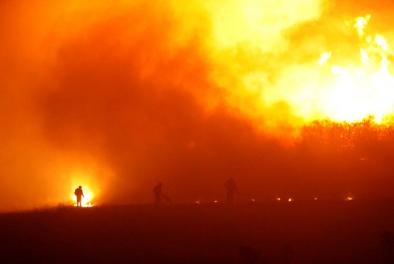Science Source
The 2010-2015 mega-drought: A lesson for the future
- Finds that the Chilean territory between the Coquimbo and Araucanía Regions has experienced a precipitation deficit of approximately 30% since 2010
- Finds that these conditions have lasted continuously since then and have coincided with the warmest decade of the last 100 years, exacerbating the water deficit by increasing the evaporation rate from lakes, reservoirs, and agricultural crops
- Finds that the duration and spatial extent of the current drought – referred to as a “mega-drought” - are extraordinary in Chile’s historical record and that this phenomenon is also unparalleled in one thousand years of reconstructed precipitation based on tree-ring growth records
- Finds that at least 25% of the precipitation deficit during the mega-drought is attributable to anthropogenic factors
- States that studies indicate that during the twenty-first century these trends will continue, causing the gradual aridification of Central and Southern Chile, and increasing the frequency and intensity of widespread and protracted droughts such as the current one
Related Content
Headline

Feb 2, 2017 | NPR.org
U.S. Increases Firefighting Aid To Chile As More Than 70 Blazes Rage
Real Time Data

Feb 1, 2017 | Global Forest Watch | NASA
Global Forest Fire Map
Headline

Feb 1, 2017 | AccuWeather
Worst wildfires in Chile's history continue to burn
Headline

Feb 1, 2017 | robertscribbler
Chilean Wildfires are Worst to Ever Strike the Country


